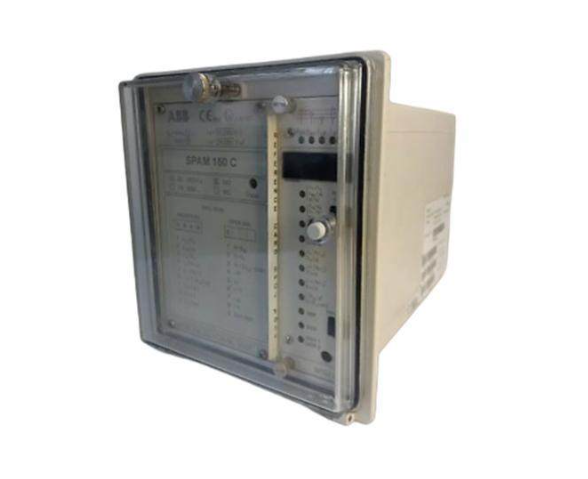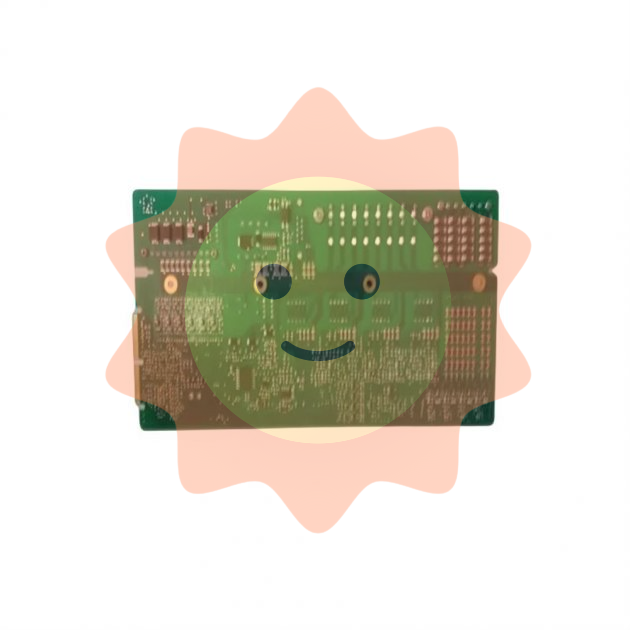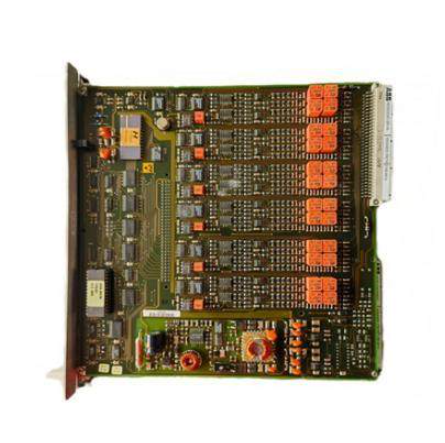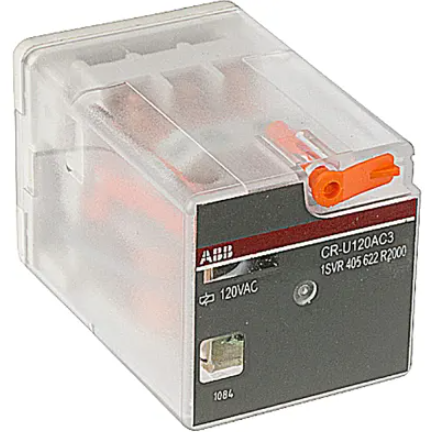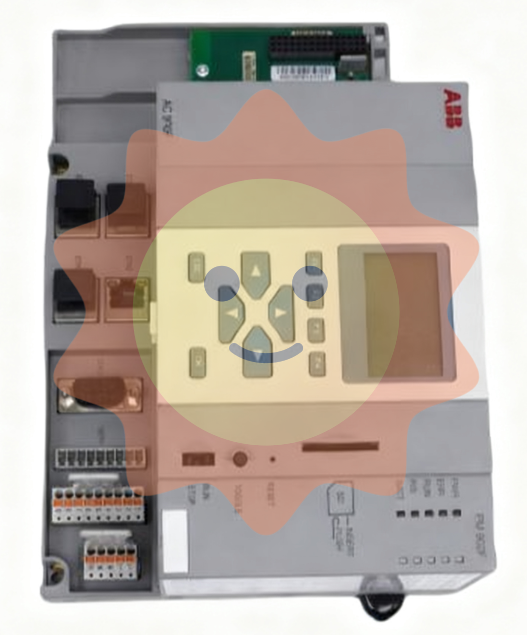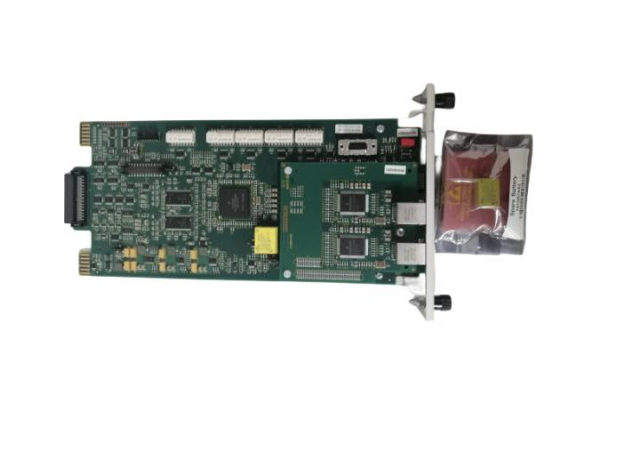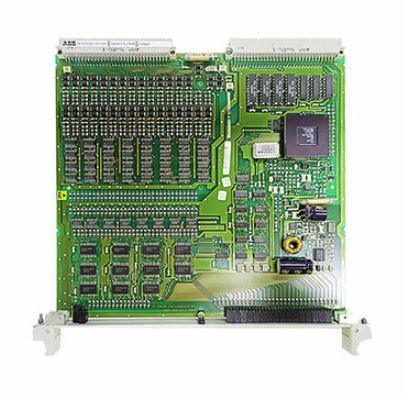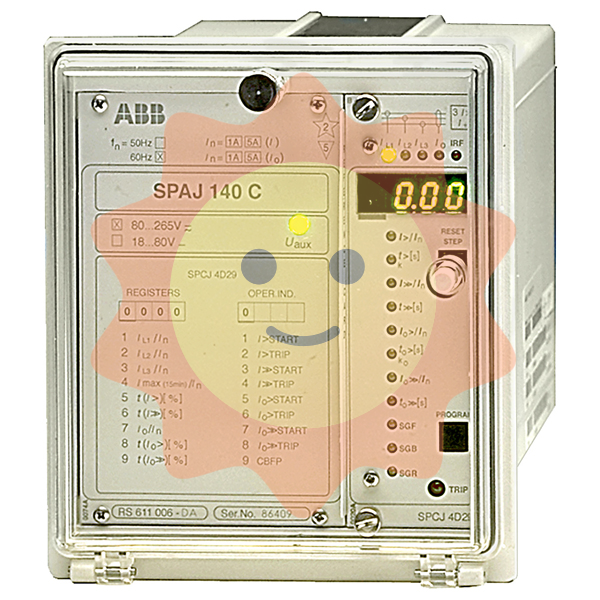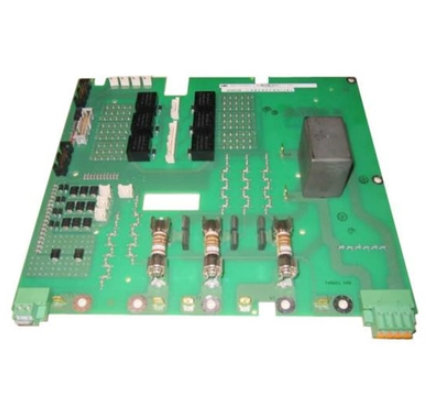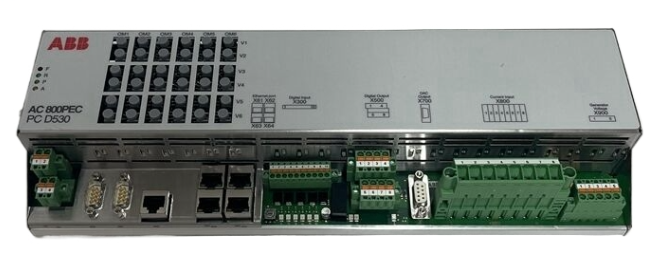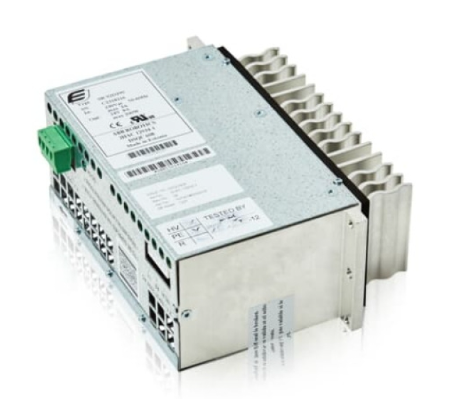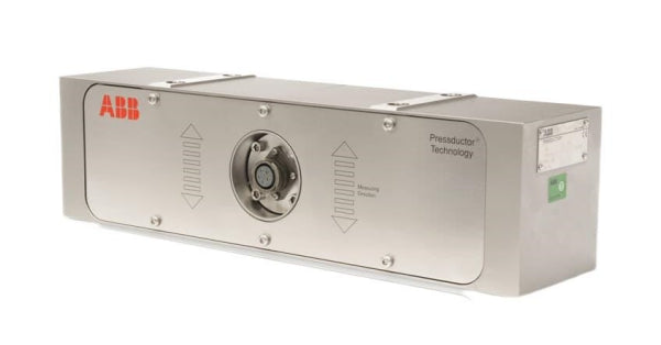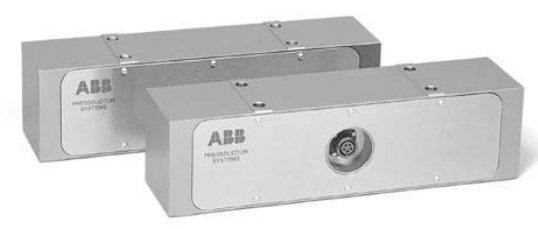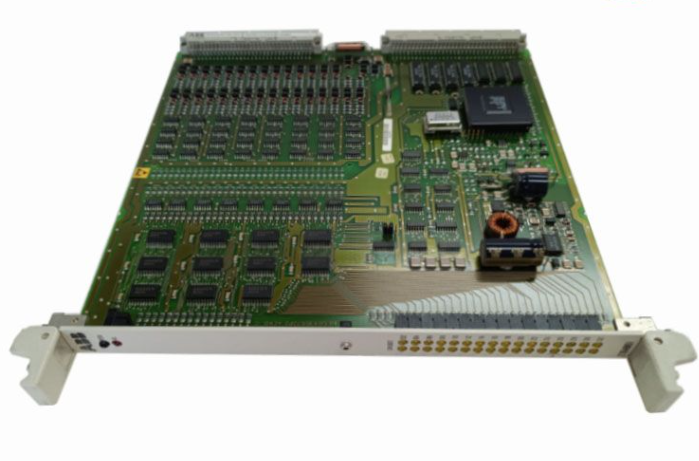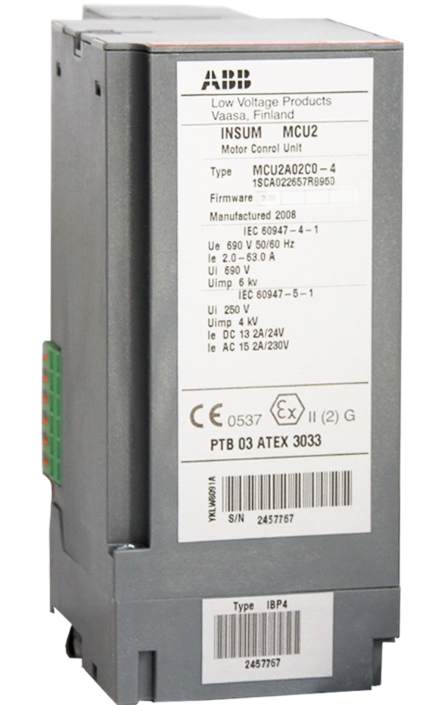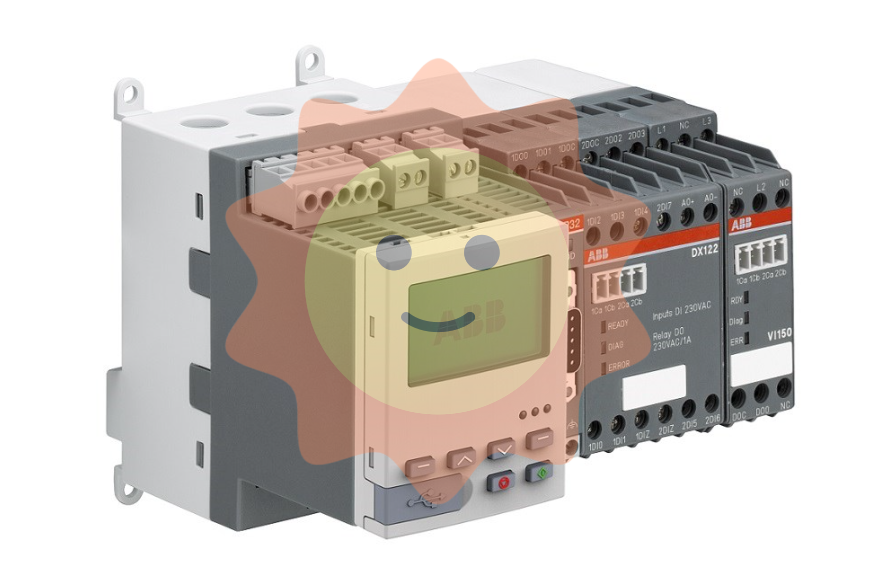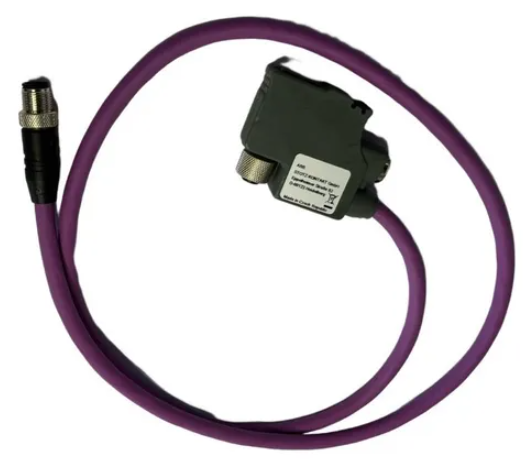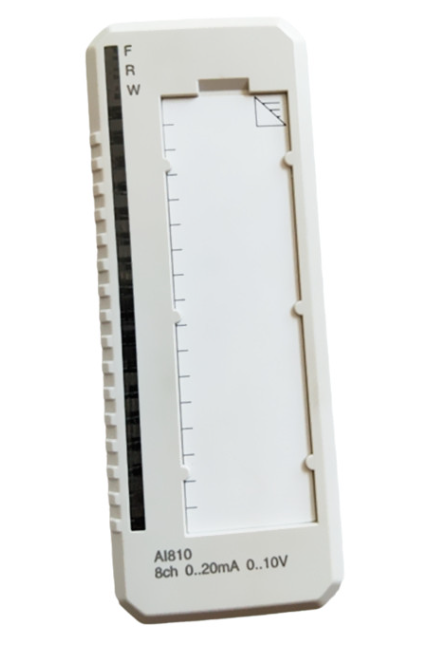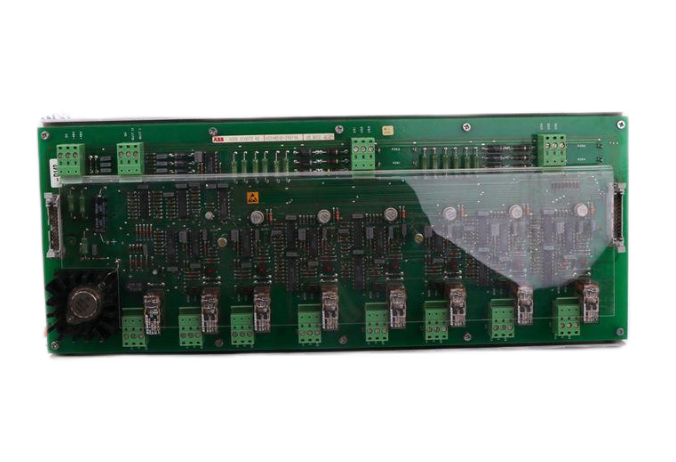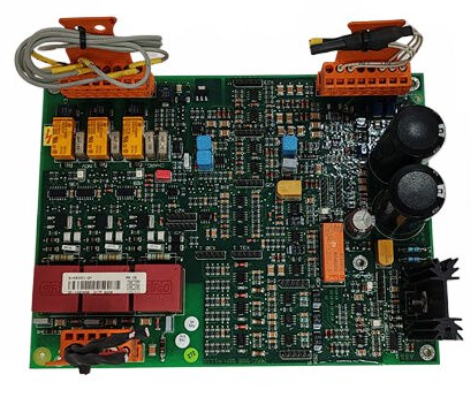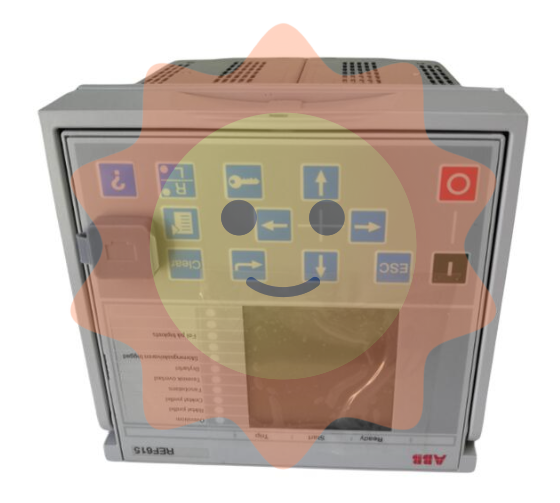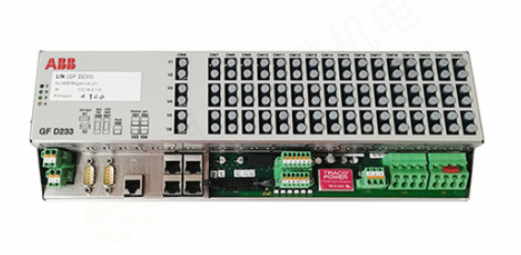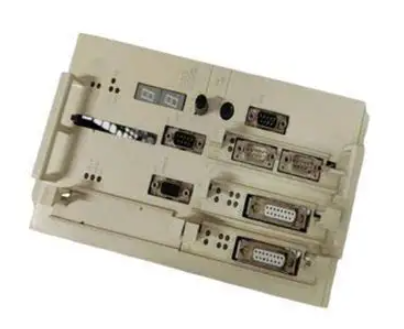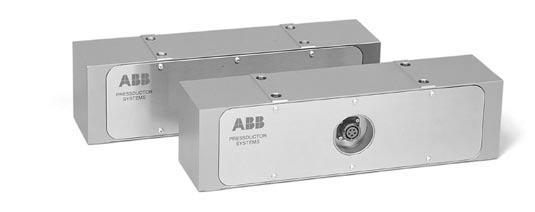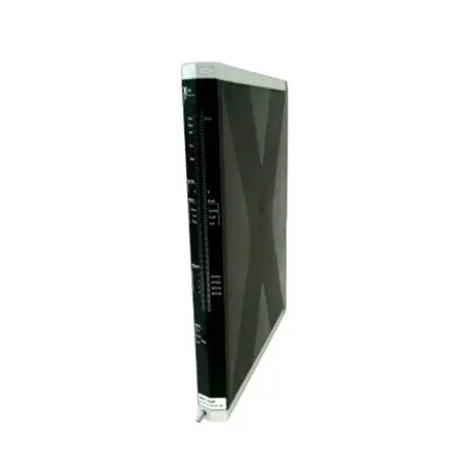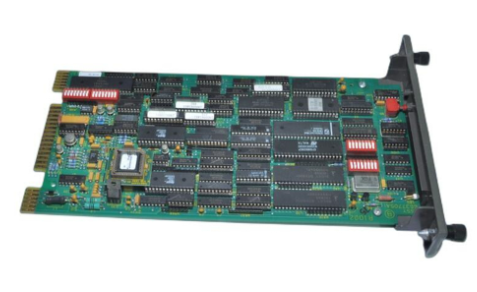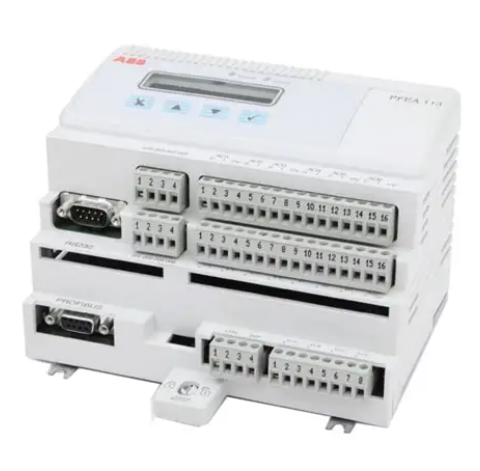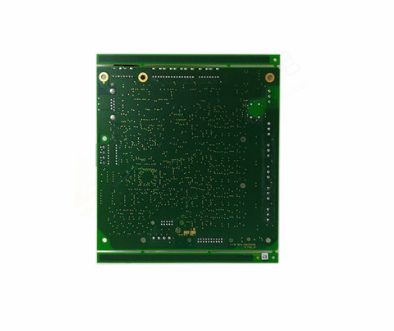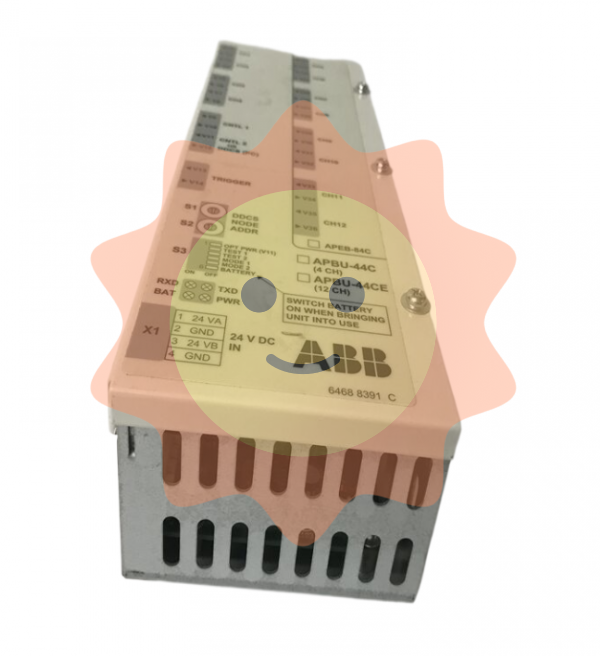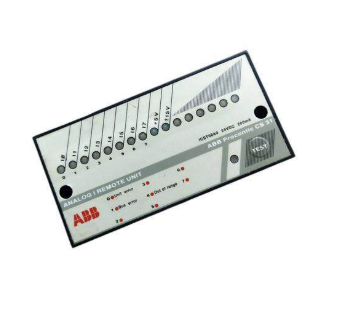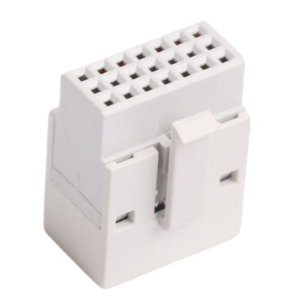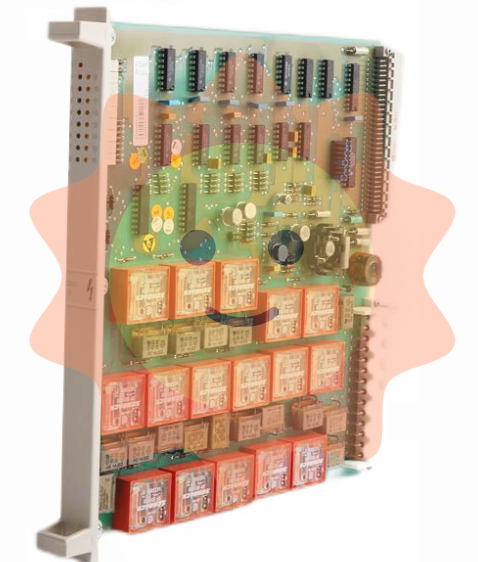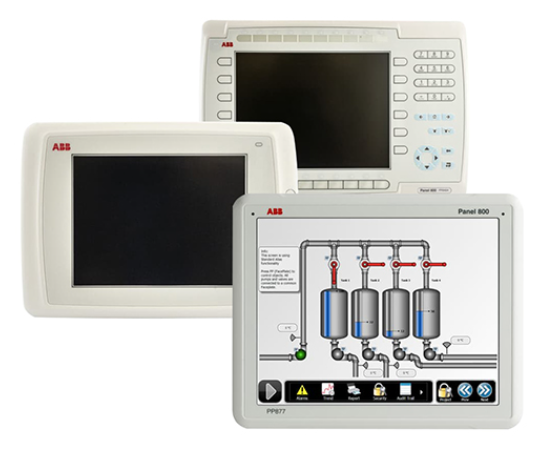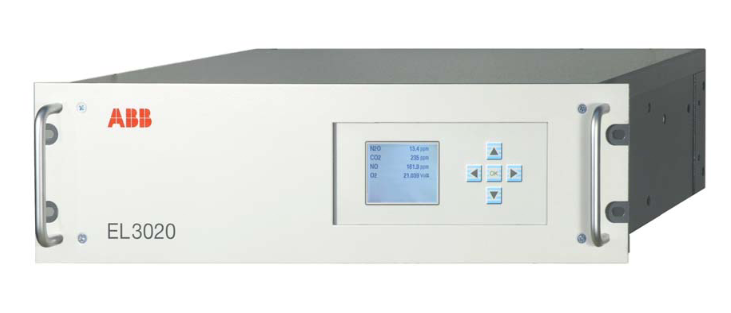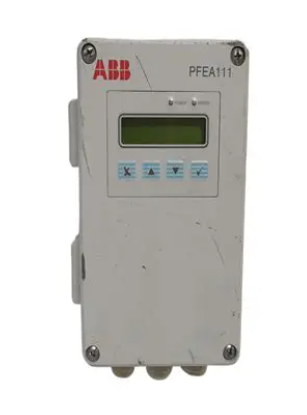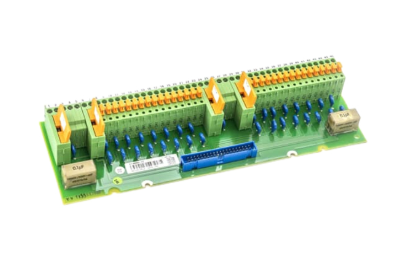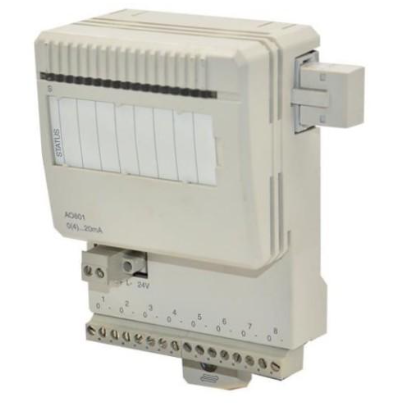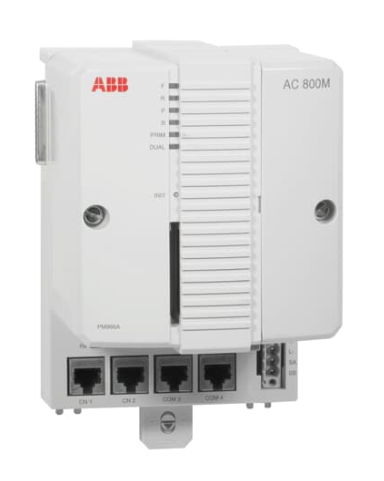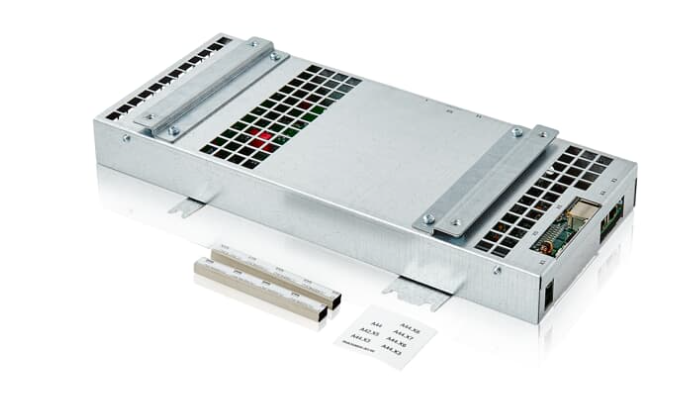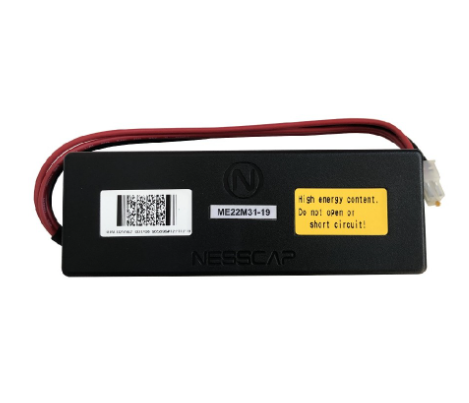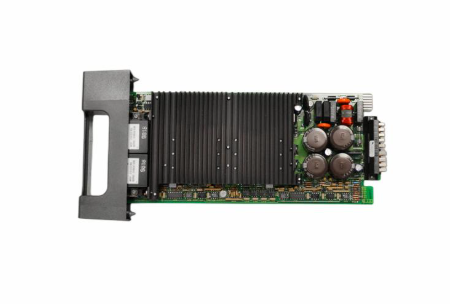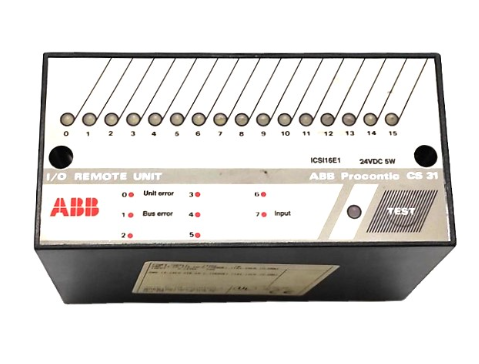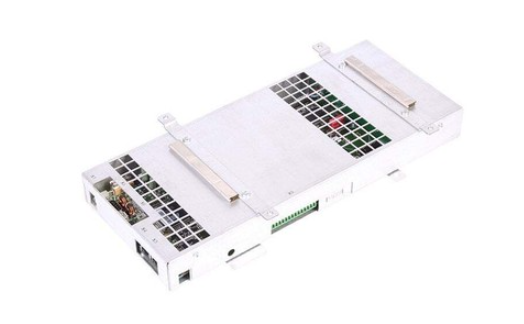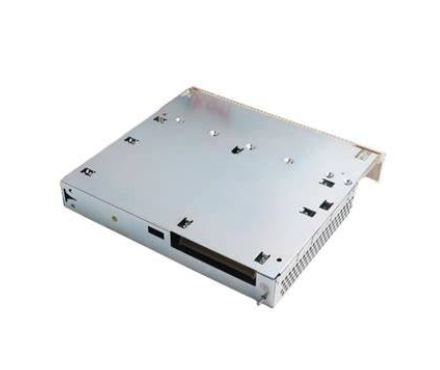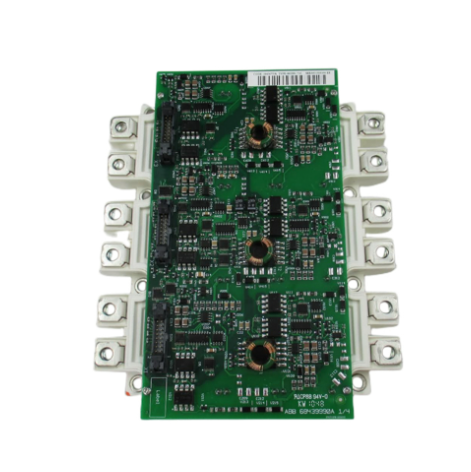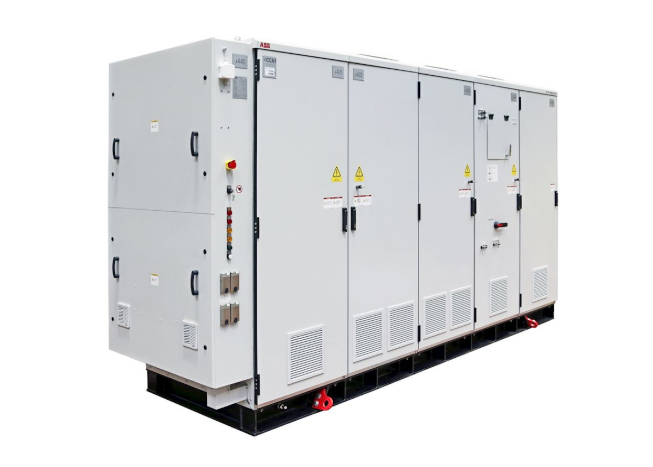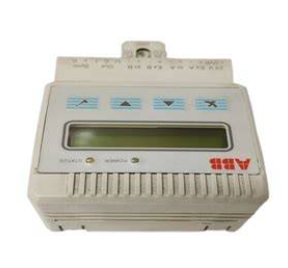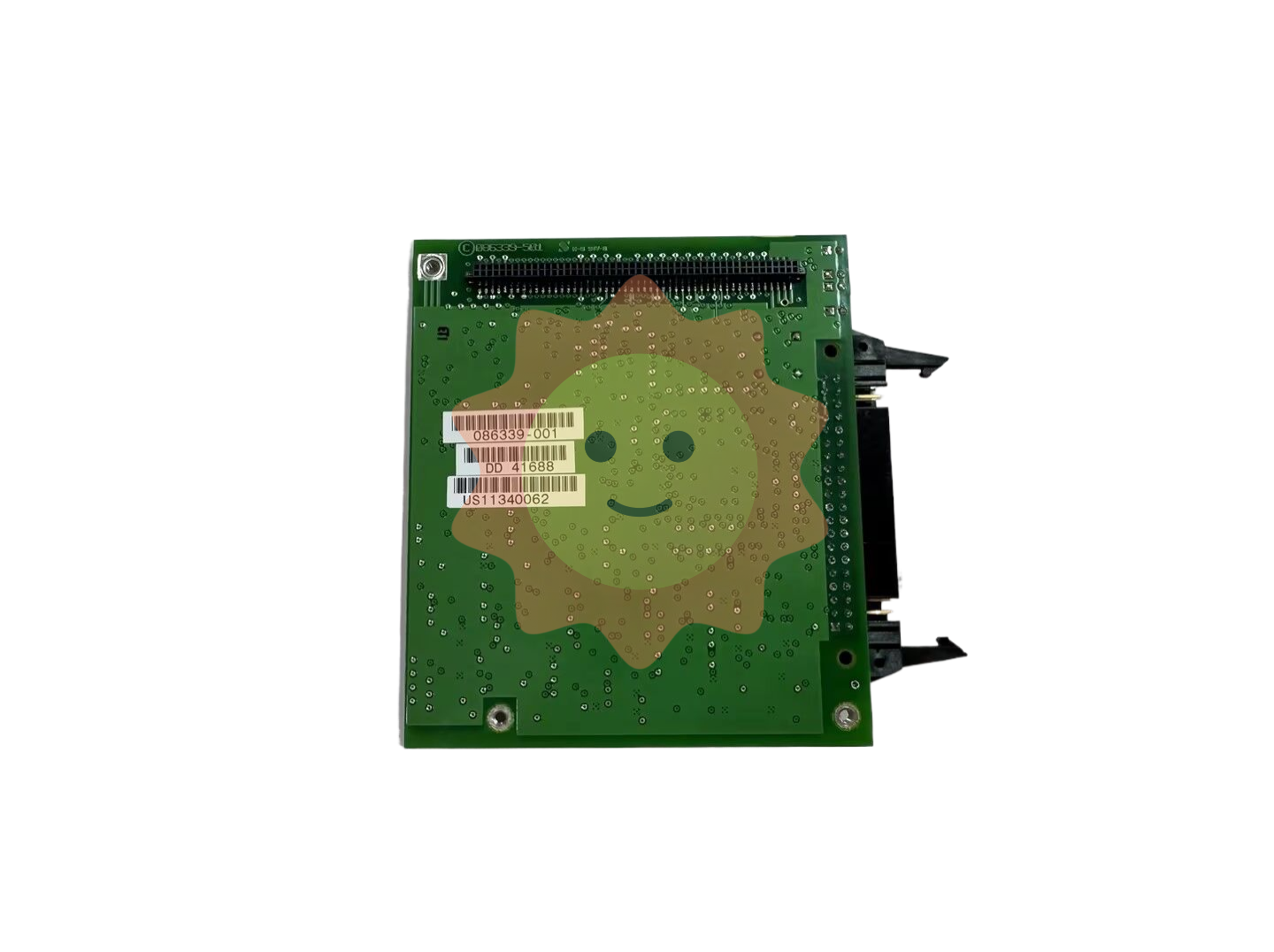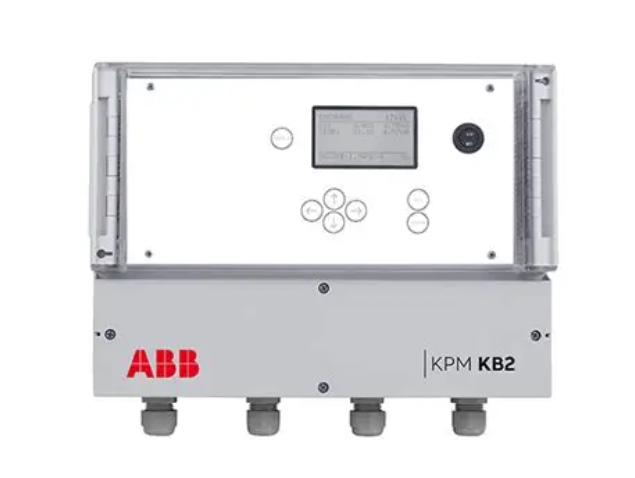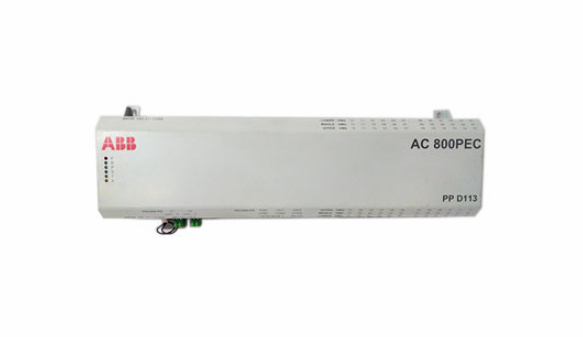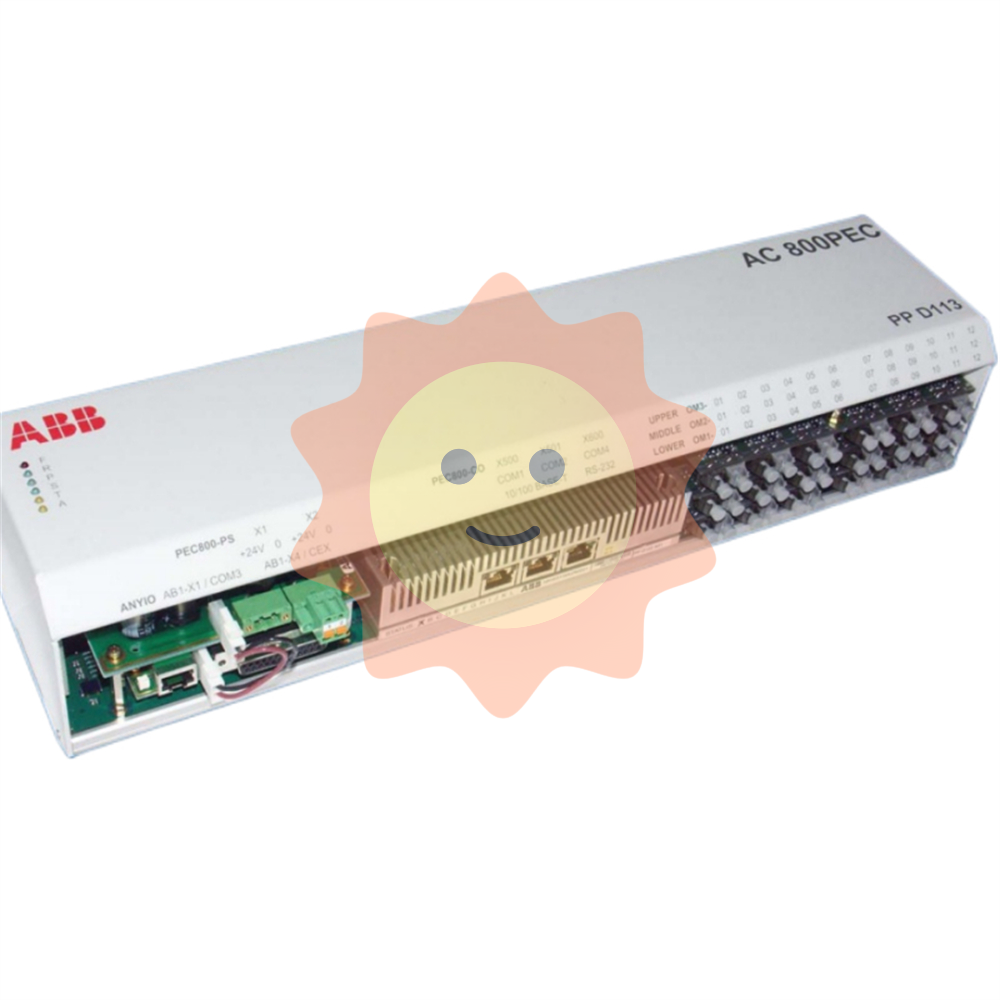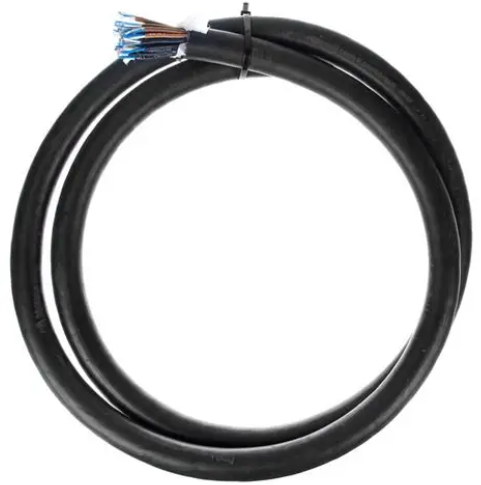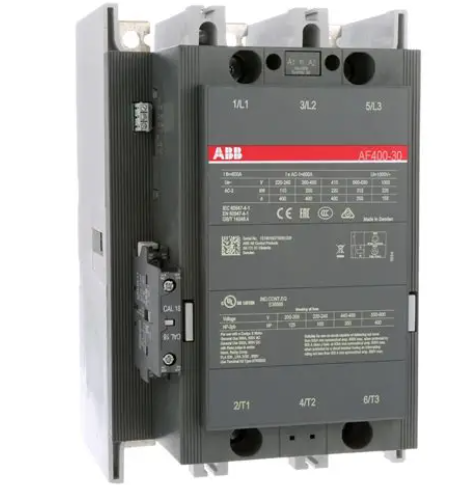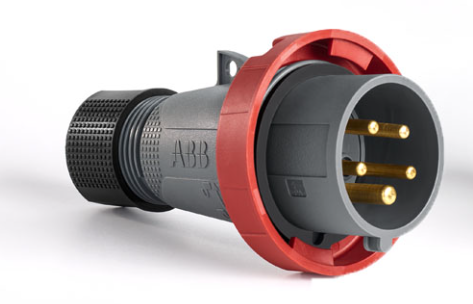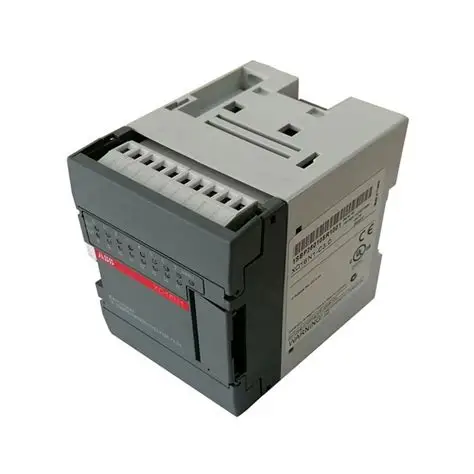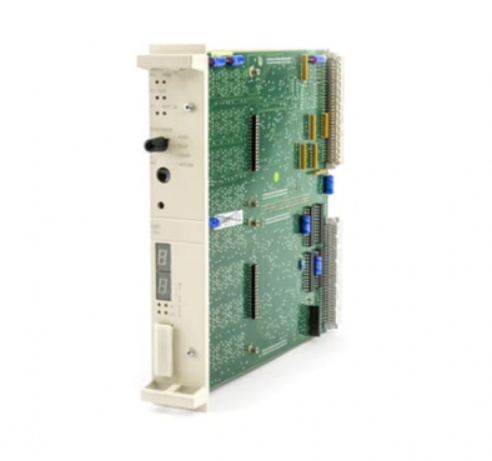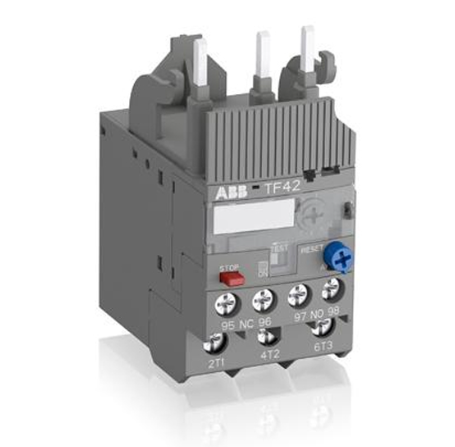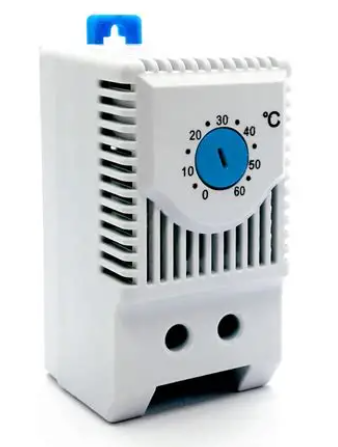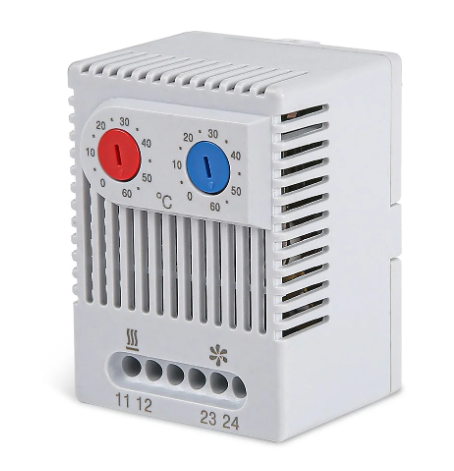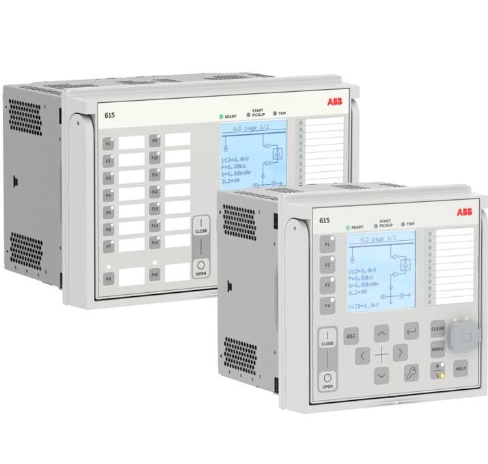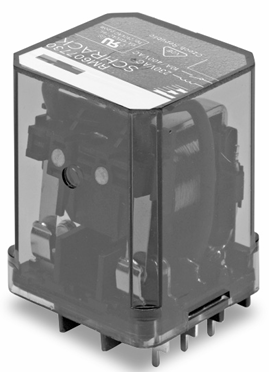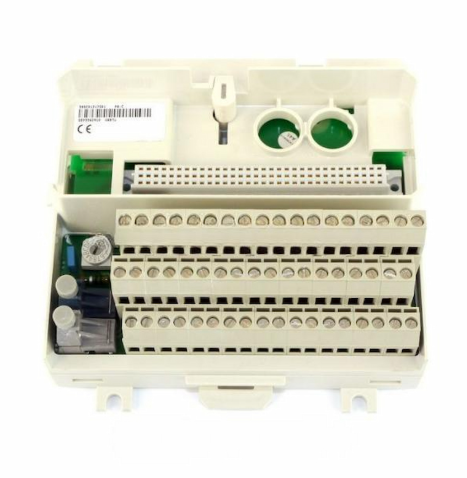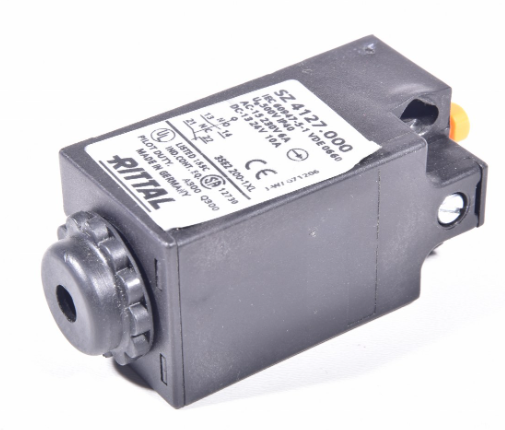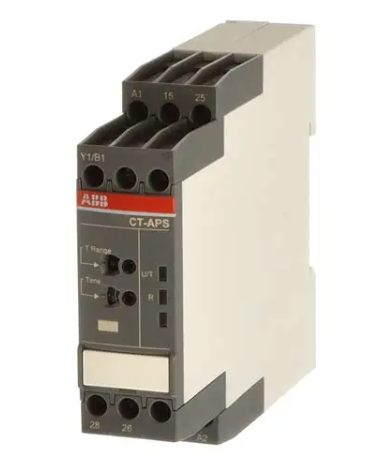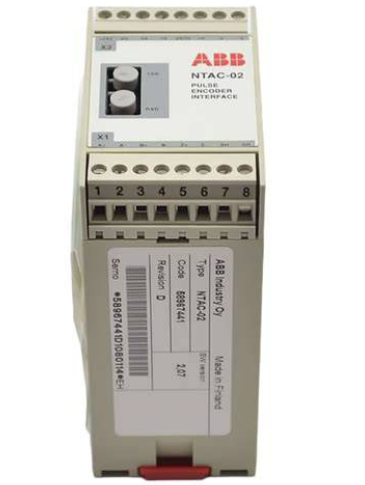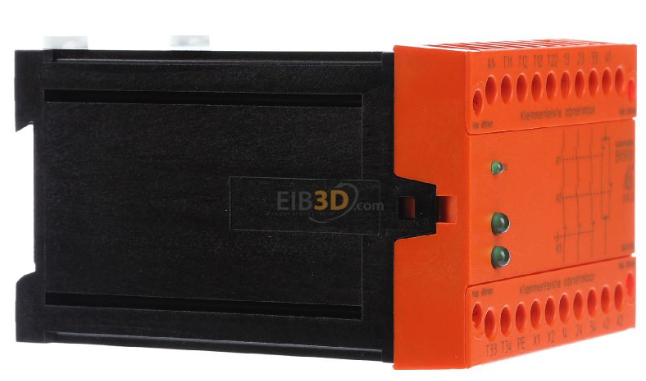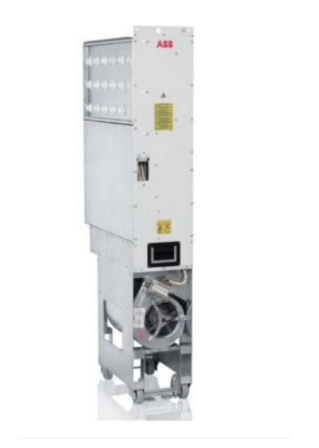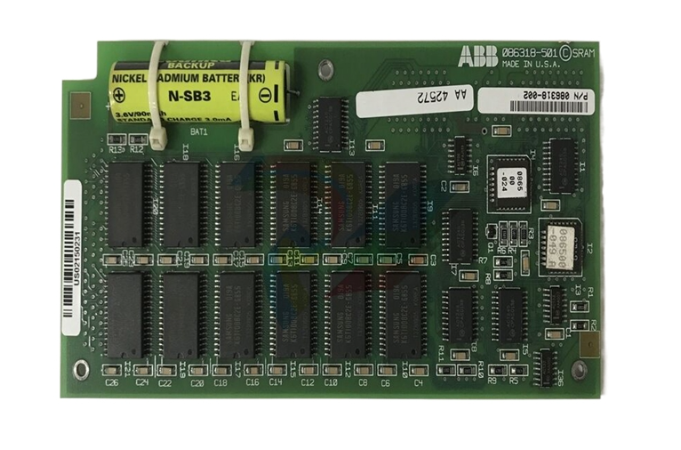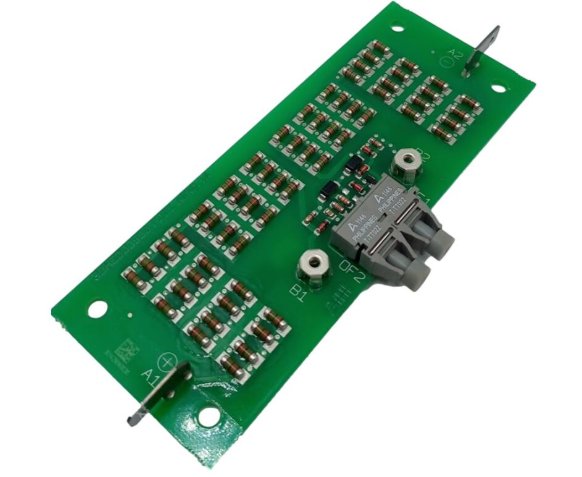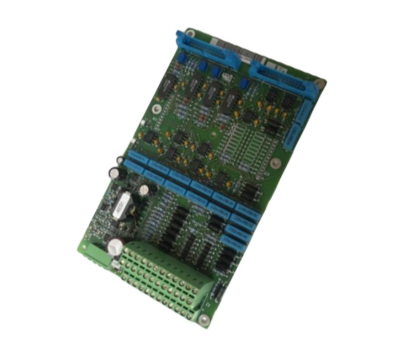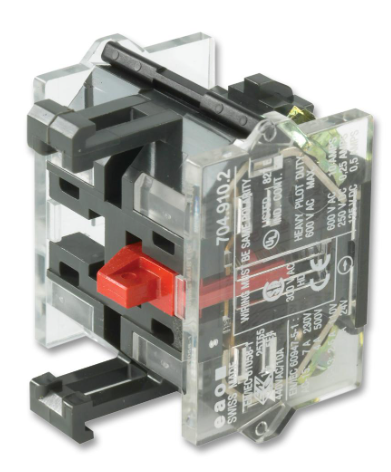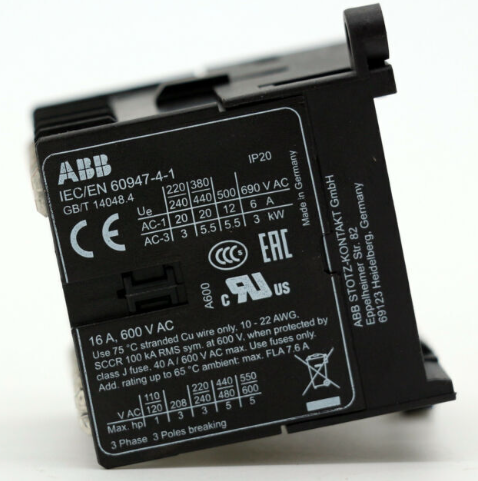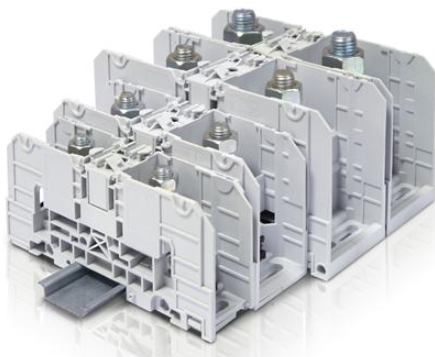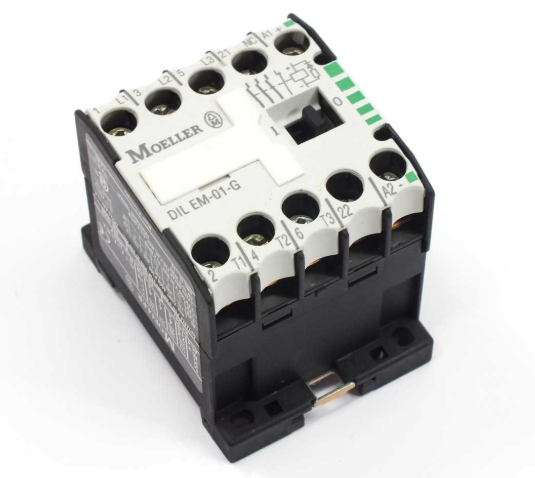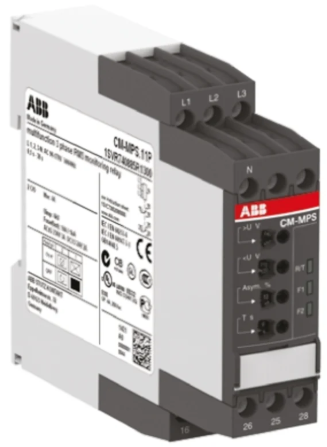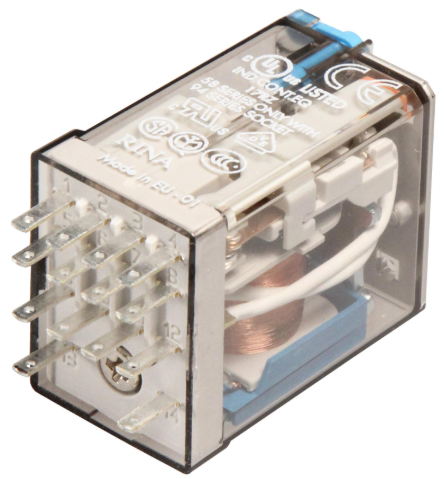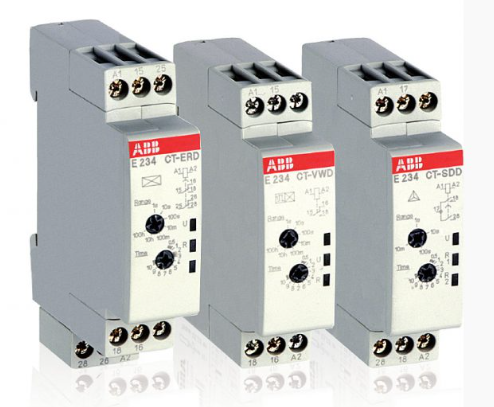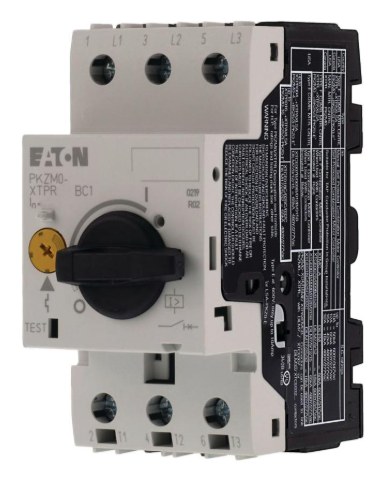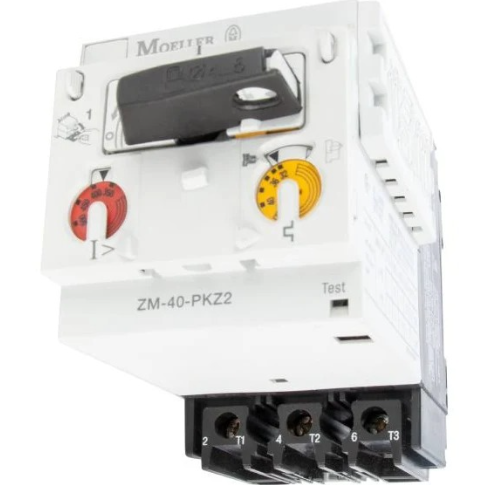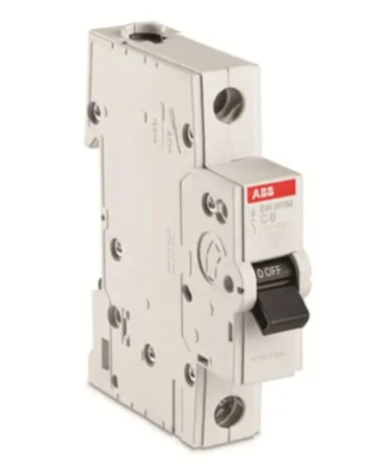AB 1784-PKTx Communication Cards Combine DH+, DH-485 and RIO with PCI Performance
AB 1784-PKTx Communication Cards Combine DH+, DH-485 and RIO with PCI Performance
1784-PKTx Series Overview: Allen-Bradley's 1784-PKTx series of PCI communication cards includes the 1784-PKTX, 1784-PKTXD, and 1784-PKTS models. This series utilises PCI and plug-and-play technology to connect PCs or PC-based controllers to Data Highway Plus, Data Highway 485 or remote I/O networks, reducing the number and type of PC interfaces required to support Allen-Bradley control systems.
Model Feature Differences
1784-PKTS: Single-channel card, supports RIO scanning only.
1784-PKTX: Single-channel card, supports DH+, RIO scanning, and DH-485. has two physical communication ports associated with a single protocol channel, and can be configured as a human-machine interface (MMI) running on a DH+ or DH-485 network, or as a scanning module on a remote I/O network.
1784-PKTXD: Dual-channel card that supports DH+, RIO scanning, and DH-485 on the first channel and DH+ and RIO scanning on the second channel. Each channel can support unique A-B communication protocols and can operate independently at the same time. On-board LEDs provide network interface diagnostics.
System and Environmental Requirements
System Requirements: Can be used directly under Windows 95 and Windows NT operating systems, other operating systems need to create their own drivers. Remote I/O driver development can use 6001-RIO, including binary files and sample C code; DH + or DH-485 driver development can use RSLinx PKTx driver, 1784-DP4 contains the relevant binary files and sample C code.
Environmental Requirements: Operating slot temperature 0 - 60°C (32 - 140°F), non-operating slot temperature -40 - 85°C (-40 - 185°F), 5 - 95% relative humidity and non-condensing, withstand some vibration and shock, PKTXD power consumption 800ma @ 5Vdc (4.0W).
Specification
Hardware parameters: 1784-PKTX has 1 channel, CH 1A (3-pin Phoenix) for DH + or remote I/O, CH 1C (6-pin Phoenix) for DH-485; 1784-PKTXD has 2 channels, CH 1A is the same as CH 1A of the 1784-PKTX, CH 1C is for DH-485, Ch2 (3-pin Phoenix) is for DH-485. CH 1A is the same as CH 1A of the 1784-PKTX, CH 1C is for DH-485, Ch2 (3-pin Phoenix) is for DH+ or remote I/O; the 1784-PKTS supports remote I/O only, CH 1A (3-pin Phoenix) runs remote I/O. The bus communication is native PCI (2.3 compliant) with 1 diagnostic/status LED per channel on each card. a maximum of 4 modules may be mounted in the system, which can be set via jumpers on the card.
Electrical parameters: Isolation voltage tested at 500Vac for 60 seconds, PKTXD power consumption 4.0W (800ma @ 5Vdc). Various electrical compatibility indicators are available, such as ESD immunity (4kV contact discharge, 8kV air discharge), radiated RF immunity (10V/m, 1kHz sine wave 80% AM, 30MHz - 1000MHz).
Environmental parameters: Operating temperature 0 - 60°C (32 - 140°F), storage temperature -40 - 85°C (-40 - 185°F), relative humidity 5 - 95% non-condensing. Withstands some vibration (2g @ 10 - 500Hz) and shock (operational shock 30g, non-operational shock 50g).
Communication parameters: DH+ network, maximum line length 10,000 ft. (3048 m) at 57.6K bit/s, 5,000 ft. (1,524 m) at 115.2K bits/s, 2,500 ft. (762 m) at 230.4K bits/s; DH-485 network, maximum line length 4,000 ft. (762 m) at 1200-19,200 bits/s. (1,219 m) at 1200 - 19,200 bits/s; DH-485 network, 4,000 ft. (1,219 m) at 1200 - 19,200 bits/s; Remote I/O network, 10,000 ft. (3,048 m) at 57.6K bit/s, 5,000 ft. (1,524 m) at 115.2K bit/s, 2,500 ft. (762 m) at 230.4K bit/s.
Performance Features
Versatile functions: Supports a variety of network connections to connect PCs with PLC controllers, SLC processors, and other devices for programming and data acquisition. With remote I/O scanning function, 1784-PKTXD dual-channel can support different protocols at the same time to enhance the flexibility of connection.
Strong compatibility: Hardware is adapted to PCI-compatible PCs; software, DH+ and DH-485 drivers are included in RSLinx for Windows 98 or later, and drivers can be written for other operating systems with specific tools.
Plug-and-play and auto-configuration: Following the PCI bus specification and the Plug-and-Play BIOS specification, the PCI BIOS automatically assigns IRQs and base memory addresses, reducing the need for manual configuration by the user.
Complete diagnostic function: Through the LED indicators on the card, you can visually judge the network connection and device working status, such as whether the channel is online, whether it receives tokens, and whether there are errors.

- EMERSON
- Honeywell
- CTI
- Rolls-Royce
- General Electric
- Woodward
- Yaskawa
- xYCOM
- Motorola
- Siemens
- Rockwell
- ABB
- B&R
- HIMA
- Construction site
- electricity
- Automobile market
- PLC
- DCS
- Motor drivers
- VSD
- Implications
- cement
- CO2
- CEM
- methane
- Artificial intelligence
- Titanic
- Solar energy
- Hydrogen fuel cell
- Hydrogen and fuel cells
- Hydrogen and oxygen fuel cells
- tyre
- Chemical fiber
- dynamo
- corpuscle
- Pulp and paper
- printing
- fossil
- FANUC
- Food and beverage
- Life science
- Sewage treatment
- Personal care
- electricity
- boats
- infrastructure
- Automobile industry
- metallurgy
- Nuclear power generation
- Geothermal power generation
- Water and wastewater
- Infrastructure construction
- Mine hazard
- steel
- papermaking
- Natural gas industry
- Infrastructure construction
- Power and energy
- Rubber and plastic
- Renewable energy
- pharmacy
- mining
- Plastic industry
- Schneider
- Kongsberg
- NI
- Wind energy
- International petroleum
- International new energy network
- gas
- WATLOW
- ProSoft
- SEW
- wind
- ADVANCED
- Reliance
- YOKOGAWA
- TRICONEX
- FOXBORO
- METSO
- MAN
- Advantest
- ADVANCED
- ALSTOM
- Control Wave
- AB
- AMAT
- STUDER
- KONGSBERG
- MOTOROLA
- DANAHER MOTION
- Bently
- Galil
- EATON
- MOLEX
- Triconex
- DEIF
- B&W
- ZYGO
- Aerotech
- DANFOSS
- KOLLMORGEN
- Beijer
- Endress+Hauser
- MOOG
- KB
- Moxa
- Rexroth
- YAMAHA
- Johnson
- Westinghouse
- WAGO


Email:wang@kongjiangauto.com


